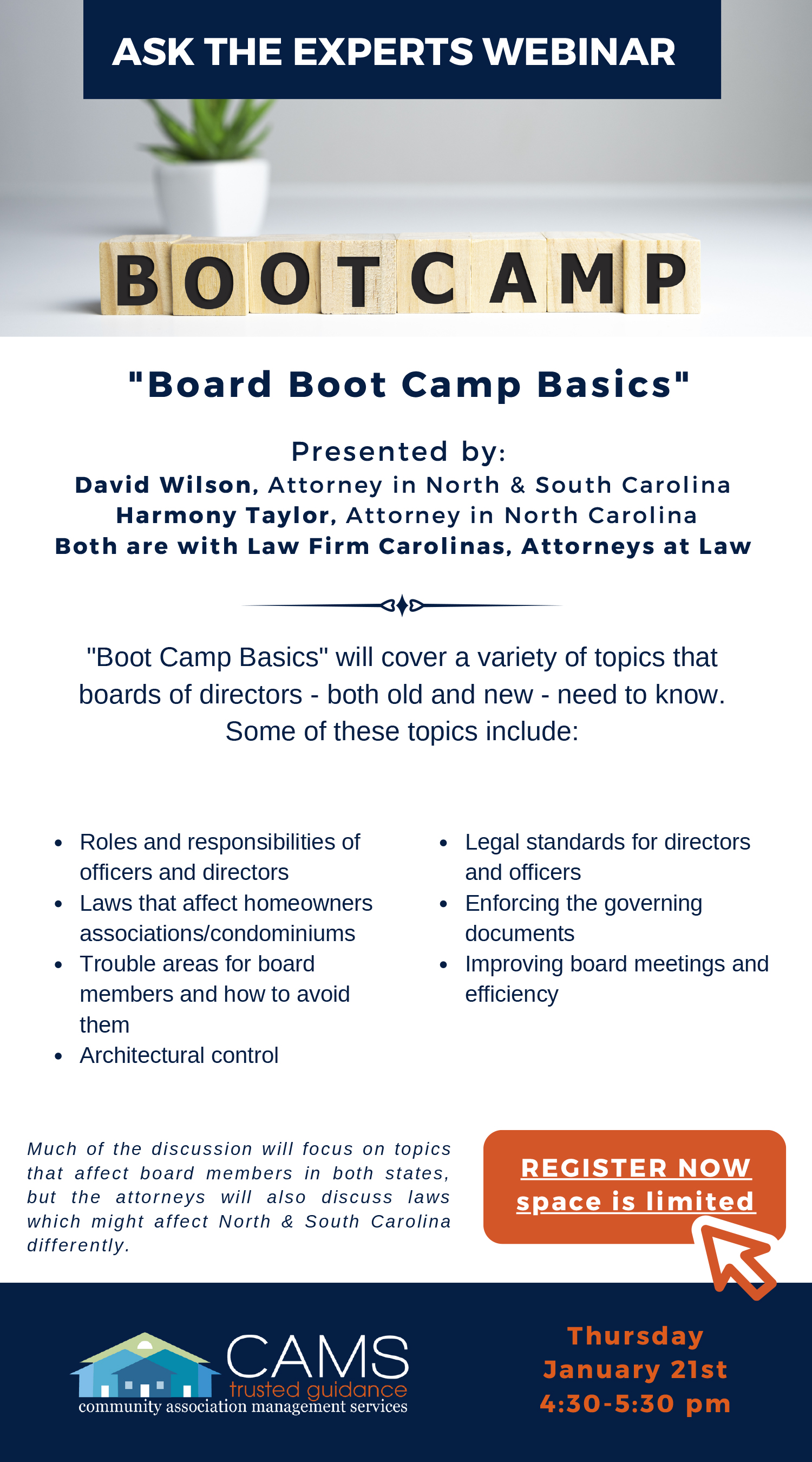Having a well-thought-out emergency plan is paramount for any community facing unforeseen circumstances. Anticipating every possible scenario may seem daunting, but establishing a plan that is adaptable to various emergencies can alleviate stress for board members and ensure a smoother response process. Moreover, tailoring your plan to address these risks is prudent if your area is susceptible to specific natural disasters.
Key Components of Your Emergency Plan
- Points of Contact: Designating specific board members, managers, and staff as primary points of contact during emergencies is crucial. Clear communication channels prevent confusion and delay, especially if primary contacts are unavailable. Identifying backup personnel ensures continuity in communication and decision-making.
- Responsibility Delegation: Assigning responsibilities before disaster strikes streamlines preparation efforts. Define the roles of the board, management company, committees, and residents in securing the community. Transparent communication ensures everyone understands their obligations, whether preparing common areas, securing outdoor furniture, or maintaining community amenities.
- Insurance: Prioritize easy access to the association's insurance documentation and contact information. Promptly engaging with insurance agents post-disaster can help expedite the claims process and facilitate timely repairs. If possible, have your insurance agent tour the property with the board prior to an emergency so any gaps in coverage may be identified.
- Documentation: Photographs of the community's pre-disaster condition serve as invaluable reference material for accurately assessing post-disaster damage, and comparing before-and-after images aids in insurance claims and restoration efforts.
- Reserve Study: Conducting a reserve study periodically is essential for assessing the structural integrity of association elements. Identifying and
 addressing underlying issues before an emergency minimizes vulnerability to extreme weather events and mitigates potential damages.
addressing underlying issues before an emergency minimizes vulnerability to extreme weather events and mitigates potential damages. - Safety Equipment Check: Regularly inspect and test safety equipment, particularly in multi-unit residences like condos. Communicate protocols for power outages and ensure residents are familiar with emergency procedures, such as alternative stairwell access, in the event of elevator shutdowns.
- Post-Disaster Strategy: Anticipating the aftermath of a disaster enables proactive recovery planning. Consider potential scenarios and devise action plans accordingly, accounting for factors like flooding, wind damage, or prolonged power outages. Maintain a list of local service providers for swift post-disaster response and repairs. Your community management company should have a list of vetted and insured vendors so board members don’t have to worry about finding screening service providers. Consider contracting with a disaster management company before a disaster to receive priority service after the event.
In conclusion, proactive emergency planning is indispensable for safeguarding your community against unforeseen emergencies. By establishing clear protocols, assigning responsibilities, and prioritizing preparedness, your community can effectively navigate and recover from any crisis.
About Community Association Management Services
In business since 1991, CAMS is North and South Carolina’s premier community management company. With experienced local managers in each of its nine regions, CAMS provides innovative solutions to the community associations it serves. Additionally, CAMS was featured on Inc. Magazine’s 2022 Inc. 5000 list of the fastest-growing private companies in America. To learn more, visit www.camsmgt.com/choose-cams.























